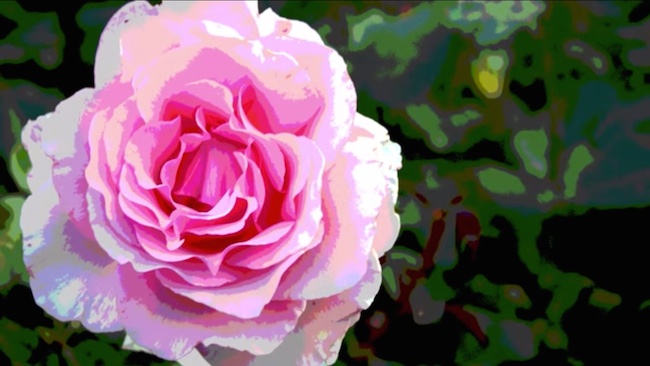-
Term: Color Depth
Description: Color depth, also known as bit depth or pixel depth, is a fundamental attribute in digital photography that refers to the range of colors that can be represented and recorded in an image. It quantifies the number of bits used to define the color information of each individual pixel in the image, determining the level of color variation and fidelity captured by the camera or stored in a digital file. Typically measured in bits per channel, the most common color depths in photography are 8-bit (256 levels per channel), 16-bit (65,536 levels per channel), and sometimes even higher, like 24-bit (16.7 million colors) or 48-bit (281.5 trillion colors) in specialized cases. A higher color depth allows photographers and image editors to retain more color information during post-processing, enabling advanced manipulation and avoiding issues like color banding or loss of detail. However, it results in larger file sizes and requires more processing power and memory. On the other hand, lower color depth may lead to visible artifacts and limited color accuracy.
Color Depth
How Color Depth Affects Image Quality
Big companies often advertise their new, fancy screens as “Full HD,” “retina,” or “UHD” displays. But these terms just refer to the resolution and the resulting pixel density. An important feature that receives way less attention is color depth. The higher the given color depth, the more colors can be recorded or displayed. Linus gives you a nice, short overview that covers everything important regarding bit depth. Color depth is especially important for photographers shooting portraits because a camera with an extended amount of color depth produces smoother transitions between different skin tones.
[REWIND: THE ART OF COLOR PROCESSING]
Modern DSLRs usually have 8-bit of color depth for each of the 3 RGB channels, which results in a depth of 24-bit. If you are shooting in RAW, you usually get about 12-15 bits of color per channel. If you’re shooting on medium format sometimes even more. Color depth is one of the most important arguments for photographers wanting a Hasselblad or a Phase One because you can achieve smoother skin tones.

1 bit of color would be 2 displayable colors: black and white. The average 24bits of a Jpeg file result in 16.777.216 displayable colors. In conclusion: the more bits, the more displayable colors. Of course, the biggest downside of a higher bit-depth is that the files get bigger. You need more processing power, faster Internet and finally, of course, a screen that is capable of displaying the colors properly. The color depth only describes the capability of recording a certain amount of different colors, the average 24bit photo doesn’t have 16.777.216 colors. A lot of colors get lost by compressing files, too. If you want to find out the color depth of your camera, you can do so here at dxomarks website. [via TechQuickie, images via screencaps]
Related Articles to Color Depth Definition
8-Bit vs 16-bit Images | A Visual Demonstration
Most photographrs have probably heard about 8-bit vs 16-bit images, yet not thought about it very much. Those are two…
Guide to Color Management for Photographers – Part One | Finding the Right Monitor
It’s absolutely critical to get this right.




Get Connected!